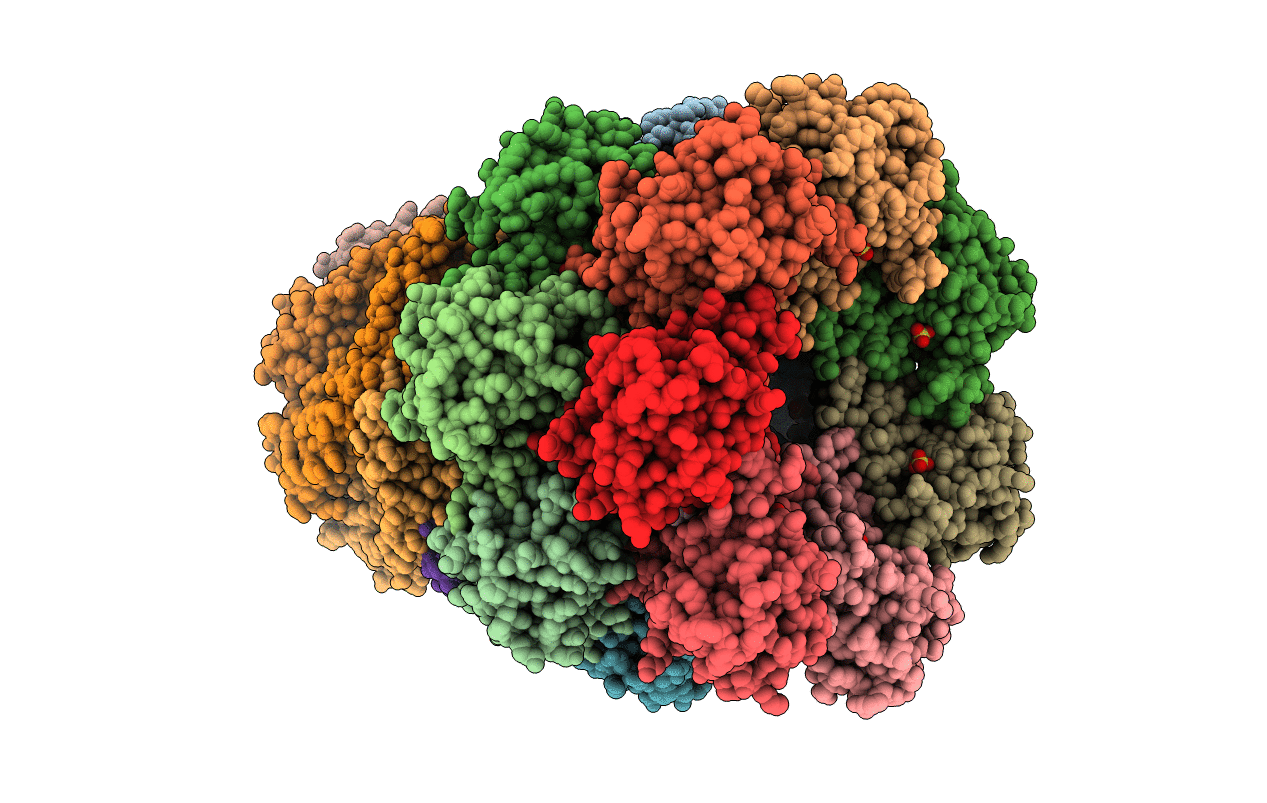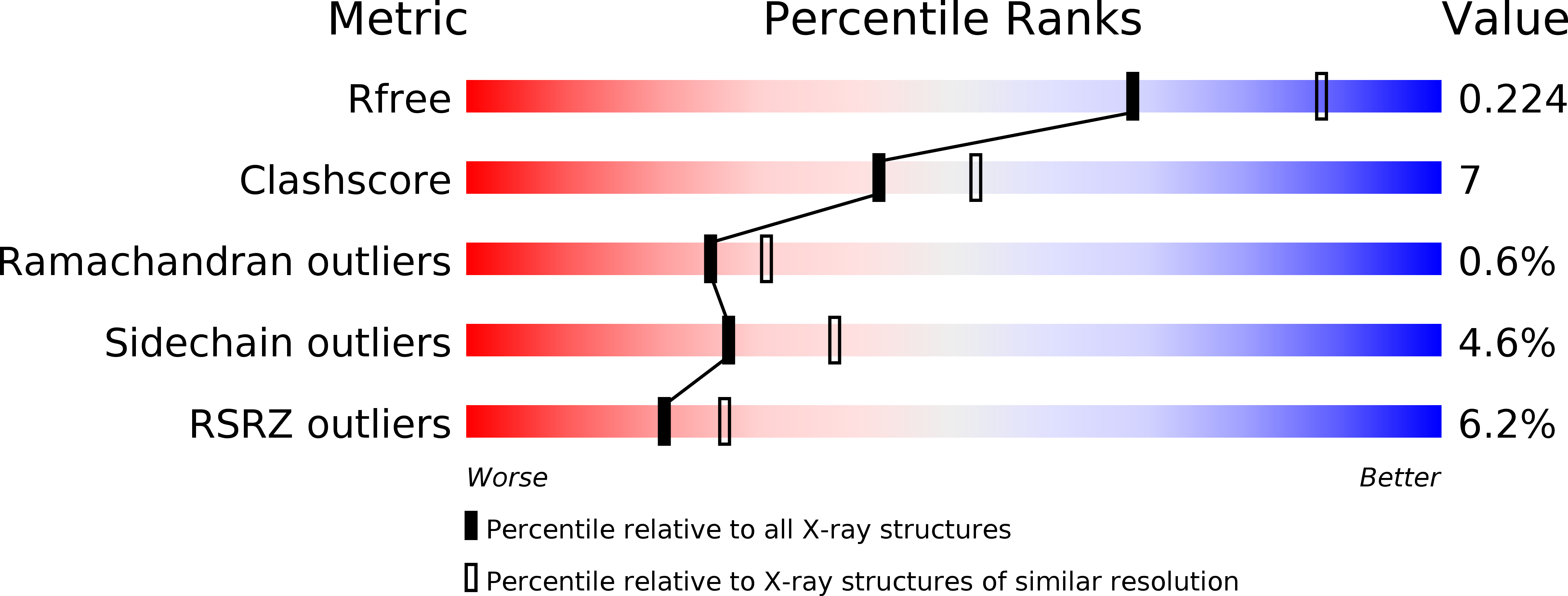
Deposition Date
2004-12-17
Release Date
2005-07-26
Last Version Date
2023-08-23
Entry Detail
PDB ID:
1YA7
Keywords:
Title:
Implications for interactions of proteasome with PAN and PA700 from the 1.9 A structure of a proteasome-11S activator complex
Biological Source:
Source Organism:
Thermoplasma acidophilum (Taxon ID: 2303)
Trypanosoma brucei (Taxon ID: 5691)
Trypanosoma brucei (Taxon ID: 5691)
Host Organism:
Method Details:
Experimental Method:
Resolution:
2.30 Å
R-Value Free:
0.22
R-Value Work:
0.17
R-Value Observed:
0.17
Space Group:
C 1 2 1


